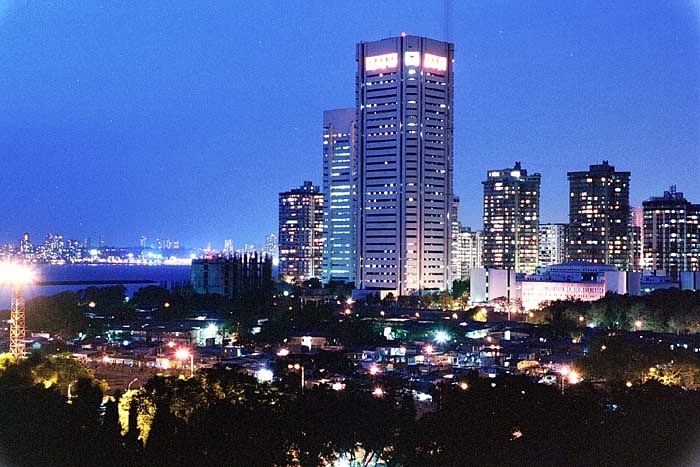Economy
Investment Scenario: The Worst May Well Be Over

Smart Cities
Could theworst be over as far as the domestic investment scenario is concerned? Therehave been worries on this score. In fiscal year 2016, private investment contracted 1.4 percent year-on-year (y-o-y),the worst growth performance in the last two decades.
But a 20 JulyHSBC Global Research report is cautiously optimistic on the investment scenario in the country.
The report authoredby Economists Pranjul Bhandari and Prithviraj Srinivas notes that while publicinvestment (by the centre, states, local governments and public sectorenterprises) grew by a healthy 21 percent y-o-y in 2015-16, private investment contracted 1.4 percent. And since theprivate sector forms three-fourths of India’s investment demand, overallinvestment growth remained sluggish at four percent y-o-y. To understand thegravity of the problem, it becomes important to mention here that the averagegrowth of the past two decades stood at eight percent.
The reportpoints out that improvements in some indicators such as diesel consumption,electricity production and steel demand early this year have been seen aspointers to a revival. This, it says, seems to be a lagged impact of the bigbump up in government spending around September 2015. According to the report,there is generally a six-and-odd month lag between the time the Ministry of Financerecords capital expenditure in its accounts and its impact on the ground.
The report finds that government spending moderatedconsiderably during January to March, 2016. This means that investment indicators willsoften over the July to September quarter (six-month gap). However, the report is optimistic that these indicators could start improving sequentially again over the October toDecember period, because government spending has picked up over May and June period.
Since government spending keeps fluctuating, and as long as it is the sole driver ofinvestment, its ebbs and flows will determine how investment indicators behave.
And what of privateinvestment? Will it improve? The report hints that there is no reason tobelieve it won’t. This is because, it says, in an economy that is growing at aboveseven percent, the sheer requirement to replace worn-out capital will be ableto drive investment demand.
The report says that over the last few years, the genuine replacement capex needs of theeconomy have picked up. It observes that the private sector depreciation (consumption offixed capital) needs of the economy vis-à-vis economic growth has been rising. According to it, this couldbe related to the fact that service-led investment, which tends to have a shorter lifespan and requires morefrequent replacement , has picked up recently (to 55 percent of total investment now from about 45 percent a decadeago).
Since India is a services-driven economy, which requires more frequent replacement compared to manufacturing, this should take care of the private investment level for the time being.
But the note points out that it would be wrong to rely on replacement capex alone. This is a short-term measure. It will help stanch the slide in supply capacity. So it can only act as a bridge between now and a time when private investment rises.
For capacity expansion, we should look atconsumption growth. With the seventh pay commission payouts, one rank onepension arrears and a good monsoon, consumption outlook appears robust.
The report is also optimistic that growthin overall public sector capex will remain strong in FY17. Though the spending so far has been weak, given the full year budget estimate, the report expects it is likely to pick up in the second half. Continued public capex should help in eventually‘crowding-in’ the private sector
So, yes, theworst may well be over.
Introducing ElectionsHQ + 50 Ground Reports Project
The 2024 elections might seem easy to guess, but there are some important questions that shouldn't be missed.
Do freebies still sway voters? Do people prioritise infrastructure when voting? How will Punjab vote?
The answers to these questions provide great insights into where we, as a country, are headed in the years to come.
Swarajya is starting a project with an aim to do 50 solid ground stories and a smart commentary service on WhatsApp, a one-of-a-kind. We'd love your support during this election season.
Click below to contribute.
Latest